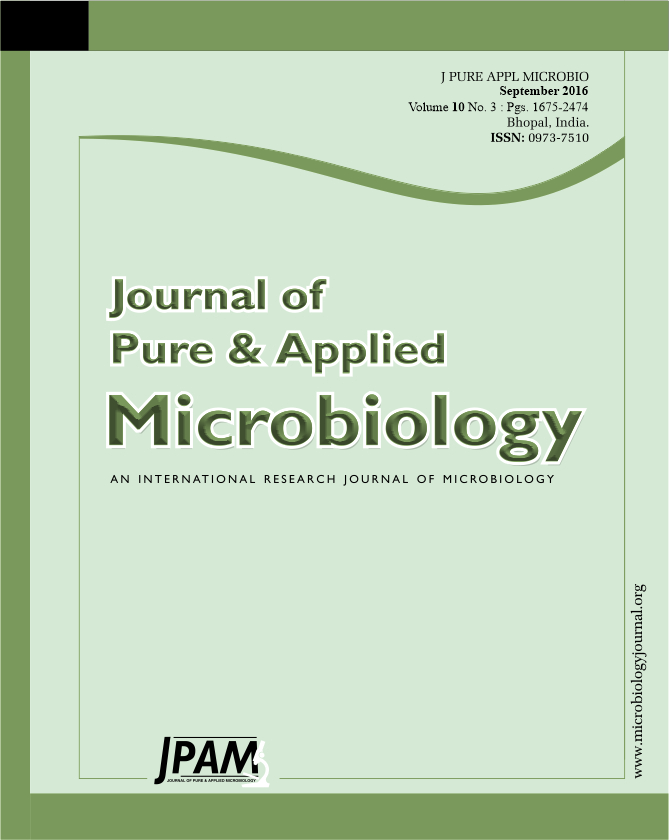A greenhouse pot culture experiment was conducted with wheat (variety: HD 3059) as a test crop to assess the effect of nanoclay-polymer composite made by in-situ polymerization of acrylic acid-acrylamide in presence of cetyltrimethylammonium bromide treated nanoclay on availability of phosphorus, its uptake by wheat, percent phosphorus fixation and phosphorus use efficiency at different growth stages viz. crown root initiation, tillering and flowering. Phosphorus uptake by plant increased from 3.32 mg kg-1 in conventional diammonium phosphate fertilizer treatment to 8.71 mg kg-1 in nanoclay-polymer composite treatment in Alfisol, the corresponding values for Inceptisol being 4.45 to 9.78 mg kg-1. Soil phosphorus fixation percentage reduced from 60 to 19 in Alfisol and varied from 50 to 0 in case of Inceptisol at flowering stage while fertilizer phosphorus use efficiency increased from 16 to 47% in Alfisol and 21 to 51% in Inceptisol by changing diammonium phosphate application to phosphorus loaded nanoclay-polymer composite application. Therefore, the use of cetyltrimethylammonium bromide treated modified nanoclay-polymer composite as a fertilizer carrier would be a promising option to reduce production cost and increase nutrient use efficiency especially in case of phosphorus whose availability in soil is abysmally low.
Modified nanoclay, Cetyltrimethylammonium bromide, Nanoclay-polymer composite, Phosphorus, Controlled release.
© The Author(s) 2016. Open Access. This article is distributed under the terms of the Creative Commons Attribution 4.0 International License which permits unrestricted use, sharing, distribution, and reproduction in any medium, provided you give appropriate credit to the original author(s) and the source, provide a link to the Creative Commons license, and indicate if changes were made.


